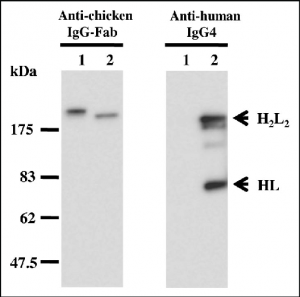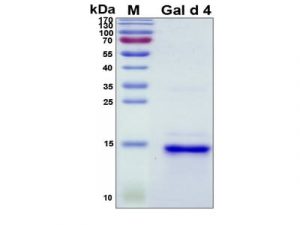Abstract
Wild birds modulate wing and whole-body kinematics to adjust their flight patterns and paths when wing loading increases flight power requirements. Domestic chickens (Gallus gallus recombinant) in backyards and on farms exhibit feather loss, naturally high wing loading, and limited flight capabilities. However, housing chickens in aviaries requires the birds to navigate three-dimensional spaces to access resources.
To understand the impact of feather loss on the flight ability to lay hens, we symmetrically clipped primary and secondary feathers before measuring wing and whole-body kinematics during descent from a 1.5-m platform. We expected that the birds would compensate for the increased wing loading by increasing the frequency, amplitude, and angular velocity of their wingbeats. Otherwise, we expected to see an increase in rate and angle of descent and an increase in vertical acceleration.

Feather trimming had a significant effect on the rate of descent, angle of descent, and horizontal acceleration. Half-skinned hens had a lower rate and angle of descent than full-skinned hens, and uncombed hens had the highest horizontal acceleration. All chickens landed two to three times faster than in bird species that are expert fliers. Our results suggest that intact laying hens operate at the maximum power supported by their anatomy and are at the limit of their ability to control their flight path.
Study animals and housing.
A total of 18 adult white-feathered domestic laying hens (Lohmann LSL lite) aged 34 weeks were used in this study. They were housed in six aviary-style pens, with a total of 10 hens per pen. Three hens from each pen participated in this study. Pens (183 L × 244 W × 290 H cm) were lined with 5 cm wood chips with a feed trough in the middle of the pen and a nest box against the rear wall. Two platforms (122 L × 31 W, 70 cm above ground) were placed on each side of the pen, with a second nest box on one platform and a second feeder on the other.
The pens were also equipped with a tall perch (5 Ø at 150 cm from the ground) towards the rear of the pen, spanning the entire width of the pen. Automatic drinkers were placed under one of the platforms. The room that housed the hens averaged 21°C and had a 14:10 h light: dark cycle with a 30-min sunrise-sunset period. All hens were part of a larger ongoing experiment evaluating keel bone injury and pectoralis and leg muscle growth/shrinkage in response to wing clipping (RG et al. 2020, unpublished observations ).

Test procedure
We took the hens out of their pen and placed them in the test arena. Shoulder feathers were marked with a 3 cm dot using a non-toxic black marker to allow easy localization on video recordings. The bird was then placed on the starting box and platform assembly. The bird jumped off the platform (figure 1) three times while flapping its wings to ensure that a straight flight path was recorded. After each jump, the bird was rewarded with sweet corn and dead mealworms. The bird returned to the house pen once all three jumps were made.
Conclusion
Domestic laying hens showed no difference in their wing kinematics, despite a dramatic increase in wing loading due to flight feather clipping. This suggests that fully feathered laying hens are close to maximum power output during wingbeat descent, making changes in wing kinematics to increase power output impossible despite a significant reduction in wing kinematics. the wing area. To improve animal welfare, our result highlights the need to address fundamental questions about the link between feather loss, locomotor behaviour, and navigational abilities in domestic birds.